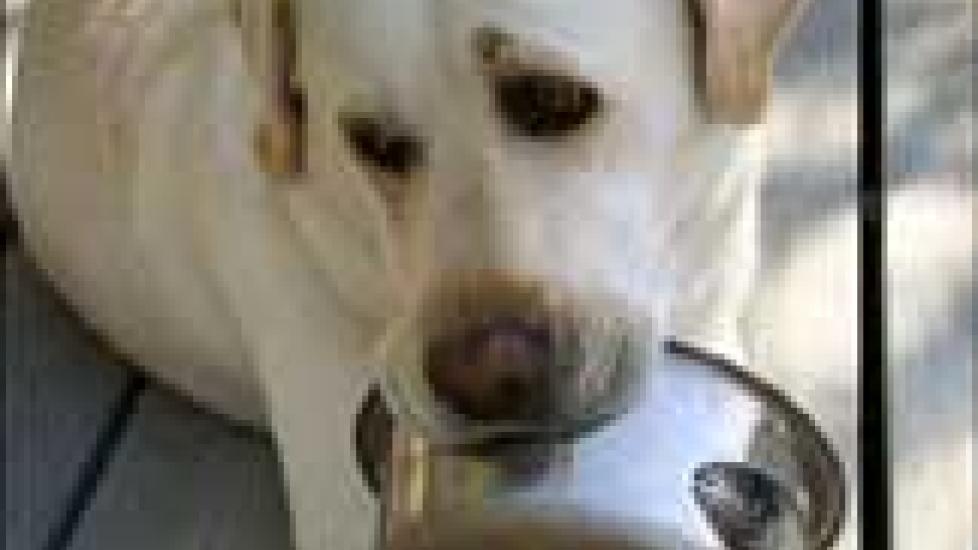Why Weight Control Foods Will Not Make Pets Thin
The answer is simple. Even with weight control foods, pets are still eating more calories per day than their bodies need. Understanding why that is true is not so simple. I hope this post helps.
In every fat pet is a thin one. Releasing the thin pet requires feeding fewer calories than necessary for its ideal thin weight, not its present weight. Maintaining fat requires very few calories, and substituting “low calorie” food for regular food may still provide adequate calories for maintaining the present amount of fat.
The feeding instructions on the labels of these foods are generally too generous for significant weight loss. Weight loss requires calorie restriction greater than most owners realize, and is far greater than that found in weight control pet food. In fact a recent study of 95 brands of weight control diets for cats and dogs found that the calories varied as much as 200 calories in a cup of dry food and almost 100 calories per can of wet food. Changing weight control brands and feeding the same amount as the old brand could result in weight gain, not loss!
Serious weight loss requires a serious program under veterinary supervision. Blood testing prior to dieting will ensure that a pet’s liver and kidneys are healthy enough for the changes in metabolism that occur during dieting. Blood tests can also reveal conditions that cause weight gain, like hypothyroidism (under active thyroid gland), and make weight loss difficult if untreated. The veterinarian can also determine the safest level of calorie restriction necessary to promote weight loss for the individual patient. And most importantly, the veterinary staff can provide regular monitoring of weight loss progress in order to make necessary adjustments in calorie restriction during the dieting process.
Anyone who has dieted knows that weight loss is not constant during the course of a diet. Pets are no different. Weight plateaus with little change are common, as is temporary slight weight regain. The reason for this is the adjustments in metabolism that the body undergoes during calorie restriction. Both the resting metabolic rate and the non-resting metabolic rate slow down during dieting. This means the number of calories necessary to support bodily functions when perfectly still (resting metabolic rate) is less than before dieting. The number of calories required for muscles to perform their activities (non-resting metabolic rate) also decreases. Weight loss plateaus. Further weight loss requires fewer calories or increased exercise.
Losing fat during a diet also requires breaking down proteins for energy and replacing sugar. The body stores protein in muscles; muscles are the primary users of energy or calories. As the dieting body converts muscle tissue for energy it decreases calorie output. The decrease in calorie output by muscles contributes to the slowing of weight loss and the plateaus mentioned above.
These and other metabolic changes during dieting are the reasons why weight loss programs need to be closely supervised. Adjustments in calorie restriction during a diet are normal, not exceptional. Just feeding a set number of calories for a certain period of time is unlikely to result in successful weight loss. That is why there are so many fat pets eating weight control food. Owners seeking to help their pets lose weight need help from their veterinarian before simply purchasing “low calorie” food from the pet store and going it alone.

Dr. Ken Tudor
Image: Ruger by hoveringdog / via Flickr
